Musical instruments that declined in the Northern and Southern Dynasties
Speaking of the music of the Han Dynasty, the biggest feature is that its artistic performances are very wide-ranging. This is fully proved on the stone portraits of the Han Dynasty unearthed in Shandong; the musical instruments displayed here are not intuitively expressed in historical books; It involves the field of artistic expression that music can involve; experts have found that the ancient musical instruments of the Han Dynasty have basically been handed down to this day; however, there is a musical instrument that people are very familiar with today, but it has not survived and died in the Southern and Northern Dynasties; what is it? What was the music scene in the Han Dynasty like? Let's take a look!
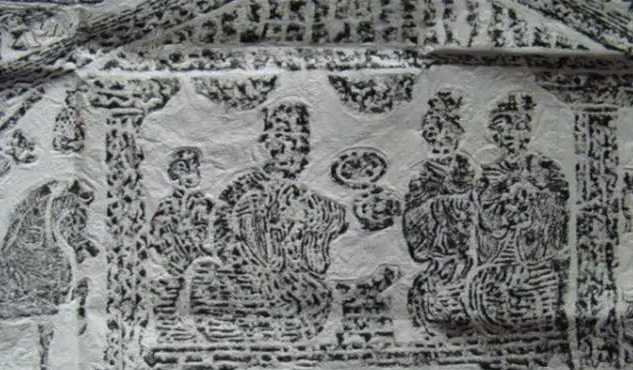
The Han Dynasty was a glorious era in the history of our country, and it had a profound impact on future generations; music was an important part of the entertainment life at that time, making people's lives more colorful; on the portrait stones unearthed in Shandong, there are many " "Music and Dance" and "Feast and Drink", you can intuitively feel how cheerful the entertainment atmosphere was at that time; there were many kinds of musical instruments in the Han Dynasty, some of which we are still familiar with today; for example, the qin, which is the music and dance of the statue The most common musical instrument in the picture; according to "Customs Tongyi Sound" records, the Han Dynasty qin is four feet five inches and seven strings; the order is Gong, Shang, Jiao, Zheng, Yu, Shao Gong, Shao Shang; from Yishui County The unearthed "Fuqin Map" can also see that the qin has seven strings; but there are exceptions. There is a three-stringed qin in the painting of stone music and dance in Yinan. What is going on? Experts believe that this may be the result of the simple art of the craftsmen who carved the portrait stones.
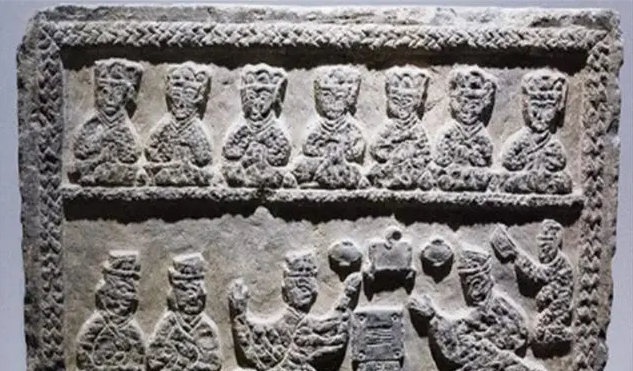
The qin was a musical instrument that was highly valued by literati in the Han Dynasty; the notes to "The Biography of Cao Bao in the Later Han Dynasty" quoted Liu Xiang's "Bielu" saying: "The gentleman is calm and contemplative because of the elegance of the qin." Nourish the heart; the melody of the qin is "loud and not rumbled and flowing, and soft sound is not annihilated but not heard", "poor is good for one's body but not loses its exercise", "reaching is good for the world, and everything is smooth"; therefore, the ancients believed that Among the musical instruments, "qin is the first".
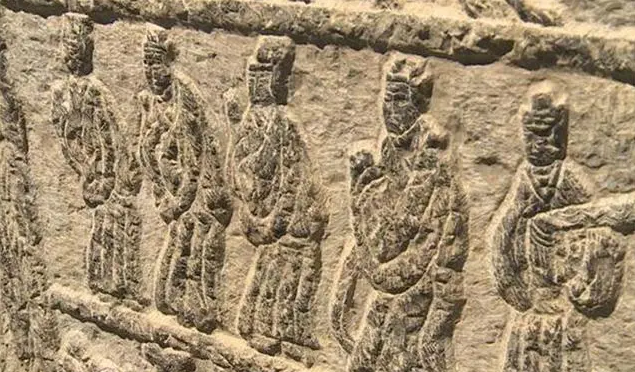
There is an idiom "qin se and ming", which means that a husband and wife have a deep relationship and get along very well, as if the qin and se are playing at the same time; this means that the qin and se are partners, and the ensemble is very good! What was Se in the Han Dynasty like? According to "Shuowen Jiezi": "Qin Department": "Se, the string music made by Bashi." This means that Se was invented by Bashi; its shape is similar to today's guzheng, it is made of wood, and its size is slightly larger than that of the qin. Big; according to "Customs Tongyi Sound" records: "the selves are five feet five inches long" and have twenty-five strings"; the timbre of se is rather desolate, like the sound of grief, as if complaining like weeping; se in addition to playing with the qin ensemble In addition, it can also play in ensemble with drums, xiao, flute and other instruments.
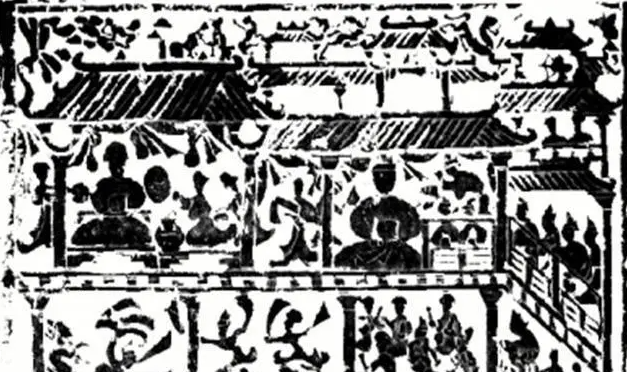
According to the reflections in the stone portraits, there is a musical instrument that was very popular in the Han Dynasty. It can be seen in the stone portraits unearthed in Yinan, Yishui, Jiaxiang Wuliang Temple, Haiyang, Linzi, Fenghuangling and other regions; it appears more frequently than Besides, everyone knows this ancient musical instrument today, but no one has seen the real prototype, because it has already declined during the Southern and Northern Dynasties; what kind of musical instrument is this?
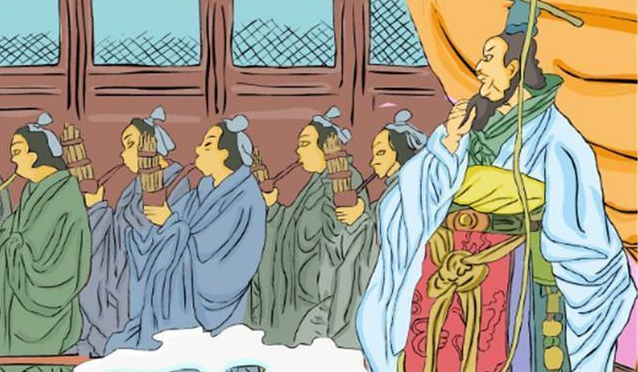
You must have heard the idiom "to make up for the number"; the musical instrument that people in the Han Dynasty loved very much was "Yu"; unfortunately, it disappeared into the long river of history. Is it still possible to restore it today? According to "Customs Tongyi·Sound", the 竽 "pipe thirty-six reeds, four feet and two inches long. Today, there are twenty-three pipes." King Ning is a typical representative of them; "to make up for the number" is the story of King Xuan and King Nian's love to listen to yu; unfortunately, in the Southern and Northern Dynasties, yu has already declined and could not be passed down; The musical instrument "sheng" has been preserved to this day; the shape of the yu is larger than that of the sheng; so according to historical records and clues in the portrait stone, experts have successfully restored the ancient "yu".
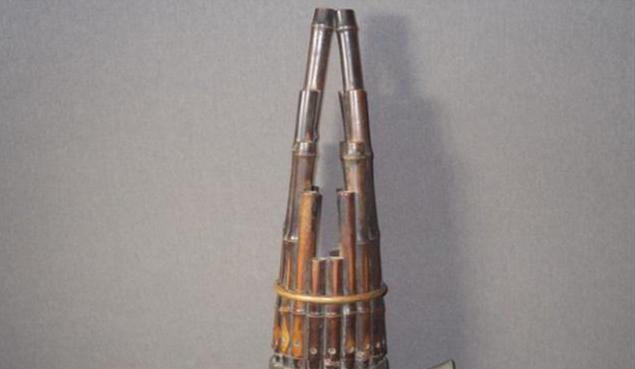
The variety of music in the Han Dynasty is very rich; it is not enough to be fully explained in this article; moreover, on the basis of inheriting the tradition, the music of the Han Dynasty has continuously absorbed the fresh blood of folk music and opened a new generation of music style.
 渝公网安备 50010702504639号
渝公网安备 50010702504639号